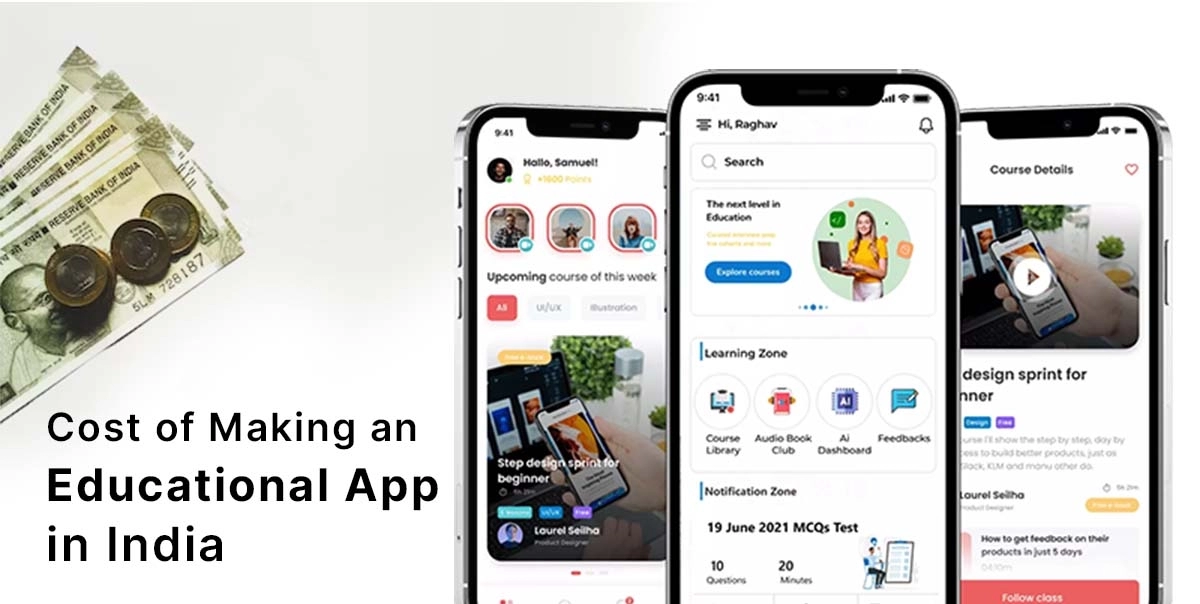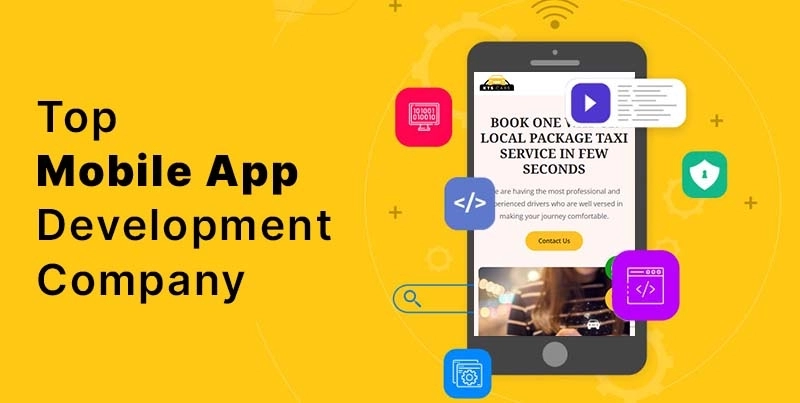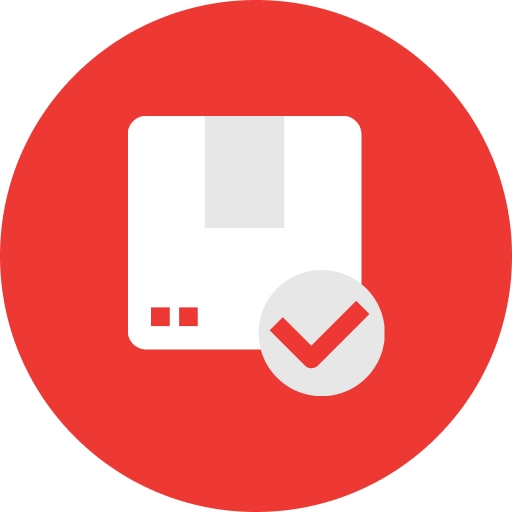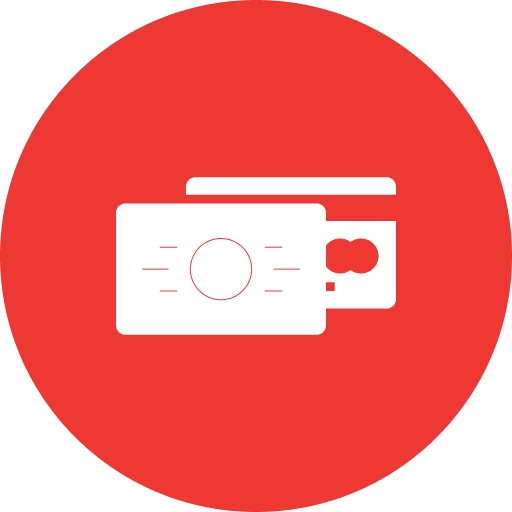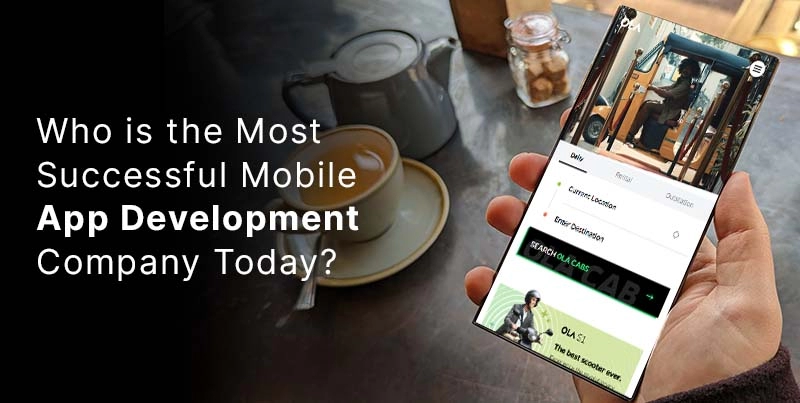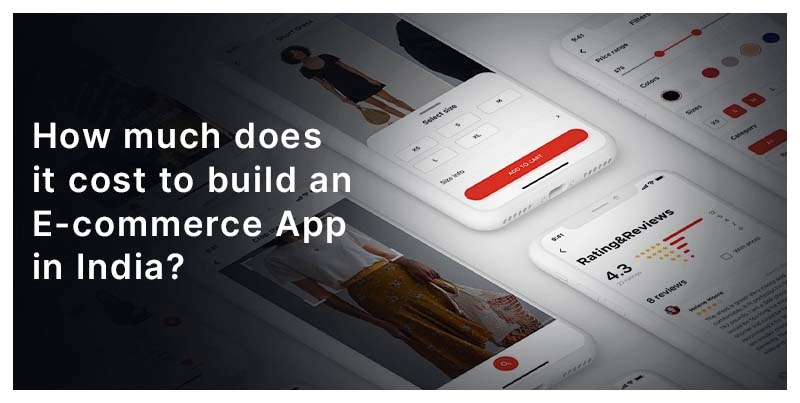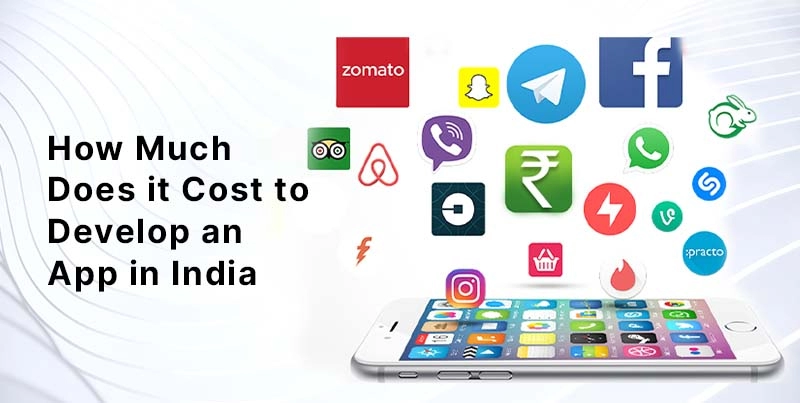Using Agile Methodologies in Graphic Design | Need of Agile Graphic Design | Duplex Technologies
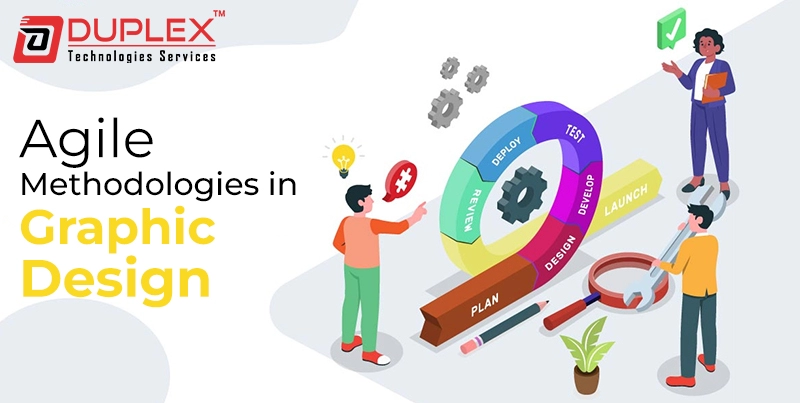
Posted By : Ambesh Mishra, Posted Date : Aug 31, 2024
Introduction: Agile Methodologies in Graphic Design
This blog focuses on the uses of Agile Methodologies in Graphic Design and how agile graphic design benefits humans.
Due to the rapid developments in the design world, graphic designers are under heavy pressure to work faster and smarter to produce quality work. When it comes to these demands, traditional design methodologies fail to deliver, and as a result, we commonly have scenarios such as project timelines that slip, evolving scope, and overwhelmed designers. There is a post-software development world solution known as Agile Methodology. Graphic design agile practices can be applied for the enhancement of the design process, collaboration, and creation of unique and valuable graphic designs that address the requirements of the clients.
Table of Contents
What is Agile Methodology?
Agile is a way of managing projects that is flexible, relatively adaptive, and most importantly collaborative. They eliminate work overload and allow for team and individual work to be completed in manageable parts while accentuating tasks by customer value and importance. Organizations that are built upon agile typically operate in short bursts known as sprints, delivering functioning solutions and integrating feedback. This approach promotes engaged customer participation, quick adaptation to change, and the delivery of quality work within a short time and amid change. The agile principle gives importance to individuals, interactions, and customers as compared to processes and tools. Its advantages include:
- Working software rather than documentation of 95% of requirements
- Continuity of customer engagement over contract drafting
- Adapting to change as against a structured procedure
Benefits of agile graphic design
Given below are some of the benefits of agile graphic design:
- Increased efficiency and effectiveness of work and coordination of people and members of the team and clients
- The ability to change strategies according to the new parameters of the project
- Agile graphic design accelerates the process through the implementation of timely design as well as the use of prototypes.
- Less scope creep and designer’s exhaustion due to prioritization of tasks and setting of more feasible timeframes
Graphic design agile practices | Workflow of agile graphic design
Graphic design agile practices involve:
Sprint Planning | Graphic design agile practice
Identify and set up project goals, objectives, and key performance indicators (KPI) for the project to be achieved in a given sprint period of 2-4 weeks. Divide the design tasks appropriately in a sequential way and also have the priority along with its resources. It helps in maintaining and ensuring that all employees and stakeholders in a particular project understand their roles and responsibilities clearly.
Design | graphic design agile practice
Develop the first ideas, drawings, or models of the project depending on its specifications and clientele. Discuss various concepts presented and make changes in the respective designs. Post the designs in question to the designated forum, including the team internal and, if possible, the clients.
Review and refine | Graphic design agile practice
Establish a questionnaire to seek out the impressions of the design ideas from the stakeholders, the members of the design team, and the clients. Sift through feedback and organize it into actionable tasks and adjustments. Guarantee the compliance with design standards and guidelines, its quality, and relevance to the objectives set.
Iteration | Graphic design agile practice
You need to repeat the design and review of the product until the design you have meets your intended objective. Making design modifications incrementally and enhancing its quality from feedback or test outcomes. Check on design based on project needs and the expectations of the client.
Daily Stand-ups | Graphic design agile practice
Conduct daily quick stand-up meetings, which should ideally not stretch more than 30 minutes or even less. It is crucial to make sure that people in teams are on the same page and sort any issues hindering full efficiency. Promote networking and shared information input and output.
Design Handoff | Graphic design agile practice
Present final designs to the clients, developers, or stakeholders for the execution of activities. Make certain that the written work is well-documented and that there are supported guidelines and assets. Check and ensure that all the different parties concerned have agreed to certain design specifications.
Retrospective | graphic design agile practice
Schedule a retrospective meeting that will allow the team to discuss the progress made throughout the sprint, strengths as well as weaknesses. Collect experiences and make improvements as to design flow, procedures, and cooperation between the crew members.
Tools used for agile graphic design
Given below are some of the tools used in agile methodology for graphic design:
Asana: Asana is a project management application that assists groups to keep them on course effortlessly. It enables the creation of tasks, specification of users they are assigned to, setting of timelines, and tracking of milestones. Workflows, reports, and connections with other programs are other elements of Asana.
Trello: Trello is a project management and collaboration tool that utilizes boards, lists, and cards to plan and track tasks. They can make projects add lists with stages, and then move cards from one list to another to observe progress. Trello also has connection, adding of file, and discussion as well.
Wrike: Wrike is project management software that allows the organization of work and prioritization of tasks in a project. Some of the tools that it has are Gantt charts, resources allocated, and the time spent. Wrike also contains reporting, dashboards, and integration with other tools.
Jira: Jira is a versatile project management software specially developed for enhancing software development and other agile projects. It can be used for some problem reports, project management, and workflow management. There is also a report, a dashboard, and connectors with other tools in Jira as well.
Adobe XD: Adobe XD is a tool that has been designed for use in creating, designing, and sharing products that are digital in nature. It includes a design canvas, layers, and interactions. It also features collaboration capabilities as well as other project Adobe applications compatibility.
Canva: Canva is an online graphic design tool that offers templates, tools, and simplicity in the canvas. With it, one can develop videos, presentations, and documents. It also comprises collaboration tools and a rich library of fonts, photos, and other elements.
Figma: Figma is the interface design tool, which is a combined cloud-based designing tool that supports real-time installation. It has a design canvas, layers, and interactions. Others are version history and control, commenting, as well as compatibility with other tools within Figma.
InVision: InVision is a digital product design tool where designers can build, model, and iterate users’ experiences as well. The modes available to it include the design canvas, interactions, and animations. It also features collaboration tools, version control, as well as interaction with various tools.
Overcoming Challenges in Agile Graphic Design
Common challenges in agile graphic design include:
- Short time lines and project expansion
- Lack of motivation and fatigue of the designer
- Problems with adjusting to Agile processes
These challenges in graphic design agile practices can be avoided through
- Time management of tasks and concentration on important activities and work
- Promoting, idea sharing, feedback, and appreciation.
- Training and mentoring on Agile implementation
Conclusion
Utilizing Agile Methodologies in Graphic Design shifts the dynamics of the graphic design and redesign process through the principles of collaboration, flexibility, and iterative enhancement. When dealing with Agile principles and approaches, graphic designers can produce unique designs that will suit the clients’ needs and expectations without compromising a work-life balance. With that, agile graphic design has a pivotal position in the future of graphic design as the design industry is advancing.

